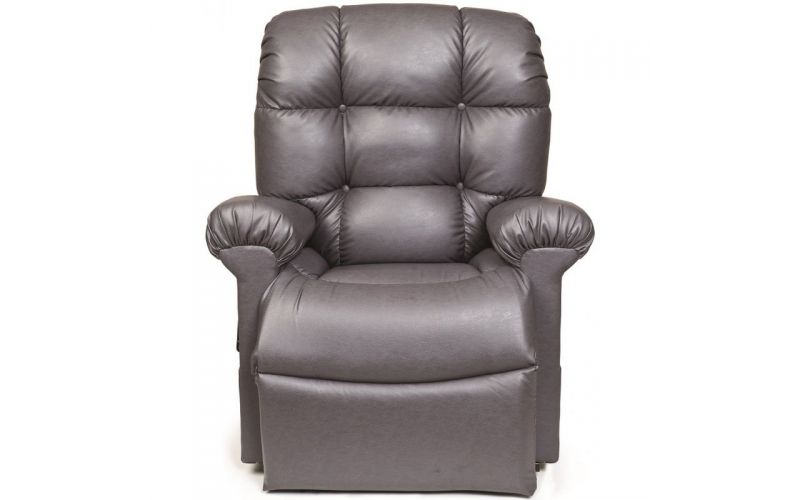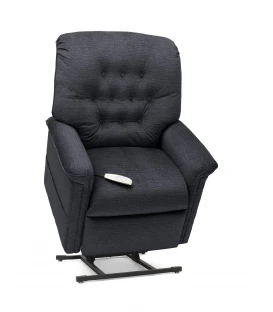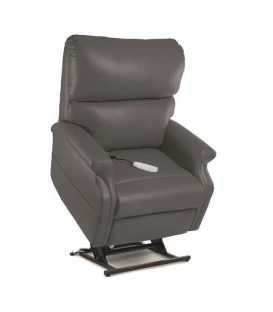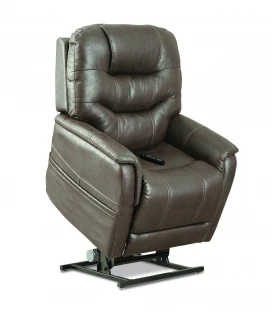Lift Chairs: A Guide to Making the Right Choice

Lift chairs have revolutionized comfort and independence for people with mobility issues. These ingeniously designed chairs can quietly and smoothly lift you from a sitting to a standing position, and vice versa, minimizing strain on the joints and muscles. With a variety of styles, sizes, and features available, choosing the right lift chair can seem daunting. This comprehensive guide aims to streamline the decision-making process, ensuring that the chair you choose perfectly fits your needs.
Understanding Lift Chairs
A lift chair, or rise or recliner chair, is a motorized armchair that can tilt forward to help users rise to a standing position or recline for relaxation or sleeping. The chair operates with a simple push of a button, and depending on the model, it can offer multiple reclining positions.
There are generally three types of lift chairs: two-position chairs that recline to a 45-degree angle; three-position chairs that can fully recline; and infinite position chairs, also known as zero gravity chairs, that can recline fully flat and elevate the feet above the heart level.
Factors to Consider when Selecting a Lift Chair
User's Physical Condition
The user's physical condition and needs are perhaps the most important consideration. If the user merely needs assistance standing and sitting but spends most of their time upright, a two-position chair may suffice. For someone who spends significant time sitting or sleeping in the chair, a three-position or infinite position chair would be more suitable.
Size of the Chair
Lift chairs come in various sizes, and it's important to find one that fits the user's height and weight. The user should be able to sit with their feet flat on the floor and their back comfortably against the backrest. The chair should also be sturdy enough to support the user's weight.
Location in the Home
Before purchasing, consider where the chair will be placed. There should be enough room for the chair to fully recline and for easy movement around it. It's also important to have an electrical outlet nearby to power the chair.
Fabric and Padding
The chair's comfort level significantly depends on the quality of its fabric and padding. Easy-to-clean materials like leather or vinyl can be beneficial for users with incontinence issues. The padding should be comfortable yet firm enough to provide adequate support.
Controls
The chair's controls should be easy to operate. Most chairs have a handheld remote control with large, clearly marked buttons. Some models offer a backup battery system in case of a power outage.
Additional Features
Many lift chairs come with extra features like heating and massage functions, cup holders, side pockets, or even built-in USB ports. While these can add to the cost, they can also significantly enhance comfort and convenience.
Cost and Warranty
Lift chairs vary widely in price, depending on their size, type, and features. Basic models can start from a few hundred dollars, while high-end chairs can cost over a thousand. It's essential to balance cost with comfort, durability, and functionality. Also, check the warranty, which should cover the motor, electrical system, and other components.
Conclusion
Selecting the right lift chair can significantly improve the quality of life for individuals with mobility issues, providing not only a sense of independence but also enhanced comfort. With a thorough understanding of the different types of lift chairs, their features, and the factors to consider when selecting a chair, you can make an informed decision that caters to your specific needs and lifestyle. A well-chosen lift chair is an investment in comfort, safety, and independence, proving its value every single day.














